If people are seeing your clothing brand but not buying—pause before blaming the algorithm, your pricing, or even your product. The real reason might be simpler and far more powerful: your story isn’t working.
Great brands don’t just sell clothes. They sell transformation. They sell identity. They make the customer the hero, not the hoodie. In this post, we’ll unpack the exact storytelling framework that’s scaling clothing brands from a few sales a day to multi-million dollar empires—and how you can copy it.
Why Storytelling Matters More Than Ever
The fashion and apparel space is crowded. Clean visuals, vibey edits, and trendy drops alone won’t cut through the noise anymore. Customers don’t just want to see your product—they want to see themselves in your product’s story.
You don’t need to be a copywriter or influencer to craft compelling brand stories. You just need to follow a proven framework. One that hits deep, creates connection, and makes buying feel like the next obvious step.
Let’s break that down.
Your Customer Is the Hero—Not Your Hoodie
Most clothing brands are stuck in “me mode.” They talk about their latest drop. Post a flat lay with a few emojis. Maybe throw in a behind-the-scenes vlog. But none of that matters if the customer isn’t at the center of the story.
Every piece of content is a scene in a larger story. But most brands post in isolation—disconnected images and captions that never loop into a transformation.
If your audience doesn’t feel like the main character, they scroll past. If they don’t feel tension, relief, or resolution, they forget you exist. Your brand is invisible not because of the content quality—but because of the content strategy.
To fix this, you must show up not as the hero but as the guide. Someone who understands the customer’s problem, offers a solution, and walks with them toward transformation.
The WARM Framework: How to Tell Stories That Sell
The WARM Framework is a storytelling formula used to craft content that connects and converts.
W – WHO
Who is your customer? What are their values, desires, and frustrations?
A – AGITATION
What problem are they experiencing? Surface-level and deep-down?
R – RESOLUTION
How does your product solve that problem emotionally and practically?
M – MISSION
What’s the deeper purpose behind the transformation your product creates?
Let’s break each one down.
Real-Life Example: From Flat Lays to $2 Million
One boutique owner posted consistently—flat lays, on-the-rack shots, cute captions. But sales stagnated. Then, they shifted their approach using WARM. They stopped just showing the product and started telling stories about what the clothes meant—how they made women feel.
They focused on:
-
WHO: Fashion-loving women seeking confidence.
-
AGITATION: Clothes that didn’t fit or flatter.
-
RESOLUTION: Comfortable, stylish pieces made for real bodies.
-
MISSION: To help women feel seen, strong, and beautiful.
Within 18 months, they scaled to over $2 million/year—without changing their product or platform. Just the story.
The $9 vs. $300 Lamp: Proof Storytelling Sells
An experiment was run with two identical lamps.
-
One listing described the lamp’s specs—standard stuff.
-
The other told a story: this lamp was passed down through generations, featuring custom engravings, part of a family’s heritage.
The first sold for $9.
The second? $300.
The product didn’t change. The story did.
How to Layer Customer Problems: The 3-Deep Method
Every compelling story solves a real problem. But the best stories go three layers deep:
1. External Problem
What’s the surface issue? E.g., “Jeans don’t fit my body type.”
2. Internal Problem
How does that make the customer feel? “I feel self-conscious and unseen.”
3. Philosophical Problem
What’s the bigger belief being violated? “Fashion shouldn’t require pain or compromise.”
When your story addresses all three, the connection is undeniable. You’re not just selling jeans—you’re selling comfort, confidence, and identity.
Case Study: $10M Denim Line
A women’s boutique out of California struggled with excess inventory and low sales. They narrowed their niche to denim and applied the WARM method:
-
WHO: Women who love fashion but hate jean shopping.
-
AGITATION: Denim didn’t fit their unique body shapes.
-
INTERNAL: Felt unseen and self-conscious.
-
PHILOSOPHICAL: “Good style shouldn’t come at the cost of comfort.”
-
RESOLUTION: Stretch denim with sculpted waistbands and soft-touch fabric.
-
MISSION: Empower women to feel confident every day.
Their content showed women dancing, squatting, laughing—living in their jeans. Not just wearing them.
The results? A 7-figure month and a $10 million exit.
Add Mission to Make It Magnetic
If you want to make your story stick, align it with a mission. The mission moves people.
Take the Christian boutique in Kansas. Their mission wasn’t just to sell cute clothes—it was to combine faith and fashion.
They created:
-
Collections named after biblical themes (Grace, Faithful).
-
Daily devotionals and verses embedded in content.
-
A Facebook group where customers connected on a spiritual and personal level.
As a result, their brand became a community. From barely $3,000/month to a multi-million dollar brand—because they told a story with purpose.
Warning: Bad Storytelling Breaks Trust
A brand in Nashville launched with clean branding and high-quality products—but their content was inconsistent. They positioned themselves as the hero, not the guide. They never framed a problem or offered a transformation.
One drop.
$2,000 in sales.
Then… nothing.
No updates. No growth. No community.
The audience was confused. Was the brand even real?
Remember: You’re not Gucci. You’re not Chanel. Until you’ve hit eight figures, your path to growth is through:
-
Organic storytelling
-
Paid traffic
-
Customer transformation
Consistency wins.
Advanced Tactics: How to Build Story Loops
Here’s how to structure content to keep customers coming back:
-
Start with a problem (agitation)
Ex: “You ever put on jeans that made you want to cry?” -
Introduce the solution
Ex: “That’s why we designed denim that hugs your waist, not squeezes your soul.” -
Loop back with transformation
Ex: “Now, our customers don’t just wear jeans—they feel powerful in them.”
This keeps people asking: “What happens next?”
A storytelling loop builds anticipation and emotional payoff.
Make Your Captions Cinematic
Stop writing flat captions like,
“We dropped this tee. Then we shot this lookbook.”
Instead, use this format:
But then… introduce a twist or tension
Therefore… deliver the emotional resolution
Example:
“We dropped this hoodie.
But then someone DMed us saying it was the first time they felt cozy and confident.
Therefore, this isn’t just a hoodie—it’s their daily reminder that they’re doing okay.”
Even basics deserve a story arc.
Three Content Types to Rotate Through
To keep your story engine running, cycle through these:
1. Struggling Avatar
Show your customer’s pain points. Mirror their world.
2. Unique Solution
Reveal how your product solves their specific problem.
3. Future-Paced Hero
Paint the picture of who they become after using your product.
Together, these create an emotional journey that draws people in, builds trust, and inspires purchases.
Turn Customers Into a Community
Your goal isn’t just to sell a product—it’s to build a world. A belief system. A brand people belong to.
Here’s how:
-
Use Facebook Groups or tools like CommentSold to gather loyal fans.
-
Show real faces behind the brand—founders, team, customers.
-
Encourage engagement through UGC (user-generated content), giveaways, and mission-aligned content.
People buy when they feel like they belong.
What to Do Now: Copy This, Scale Your Brand
If your brand is stuck or struggling to grow, here’s your exact playbook:
-
Define your struggling avatar.
Who are they? What do they want? -
Clarify the emotional problem.
Go beyond surface-level. Dig into internal and philosophical issues. -
Create content with WARM.
Story posts. Problem-solution loops. Customer transformations. -
Show up consistently.
Don’t ghost your audience. Be present, be real, be frequent. -
Be the guide, not the hero.
Offer empathy, a plan, and the belief that your customer can change.
Final Thought: Storytelling Builds a World, Not Just a Sale
Your product is not the story.
The transformation is the story.
When you craft narratives that position your customer as the hero and you as the empathetic guide, you’re no longer just a clothing brand. You’re a movement.
You’re not selling hoodies.
You’re selling healing.
You’re not selling tees.
You’re selling identity.
You’re not building followers.
You’re building family.
So copy this framework. Build your story. Make your audience the hero—and your brand irresistible.
Ready to turn story into sales?
Start with your struggling avatar. Define the problem. Craft your mission. And build a brand people don’t just buy from—but belong to.


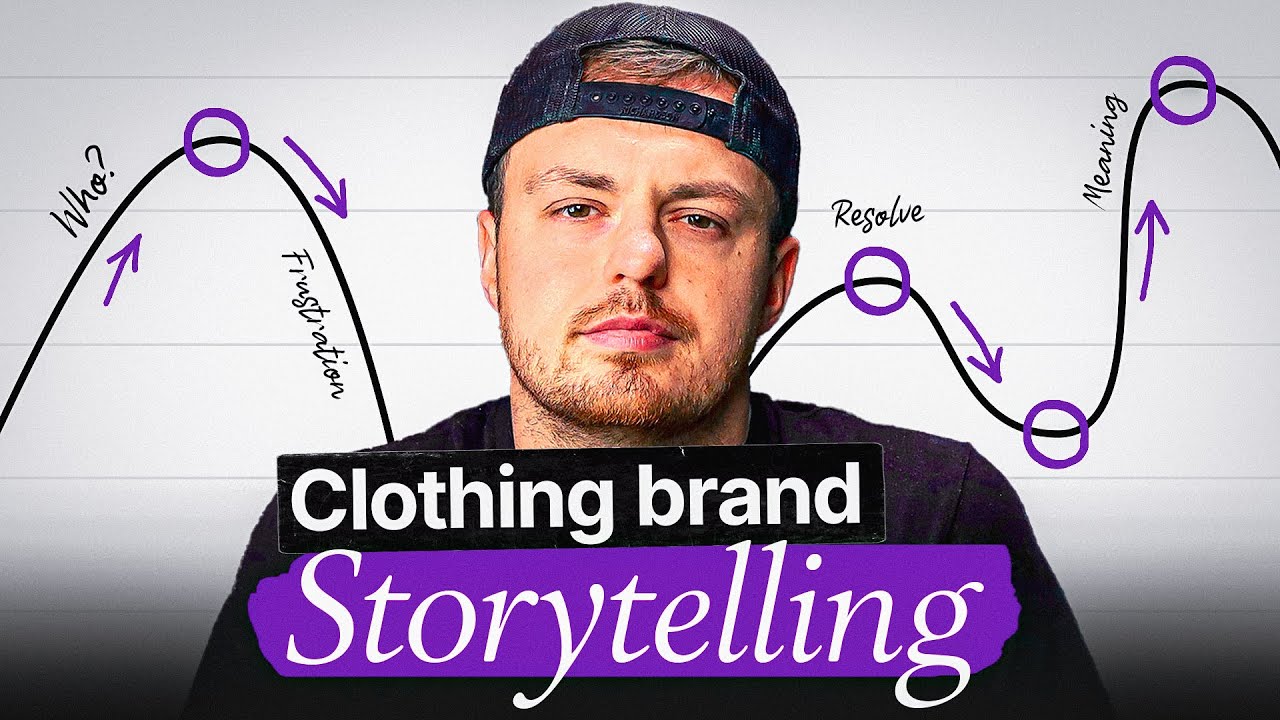
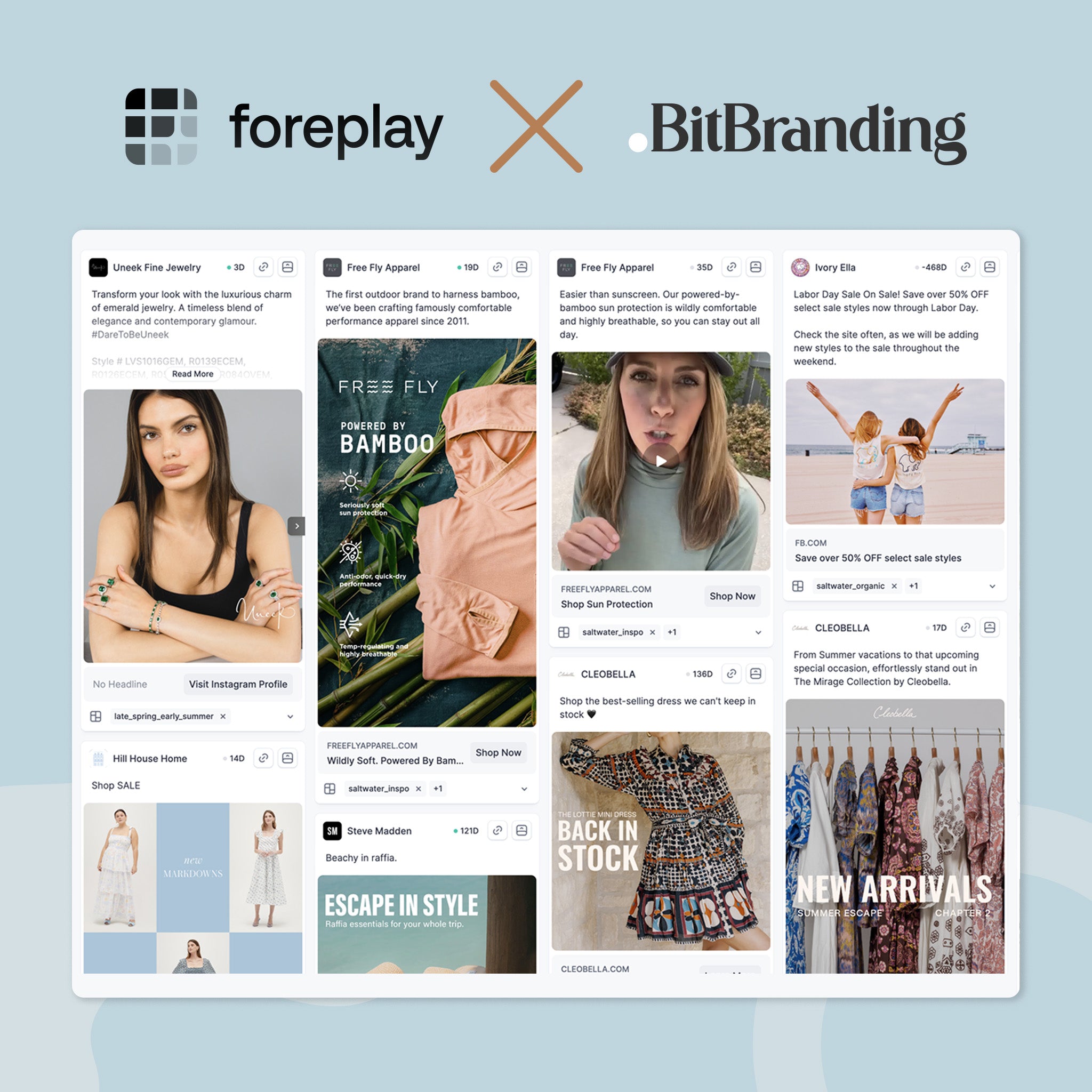
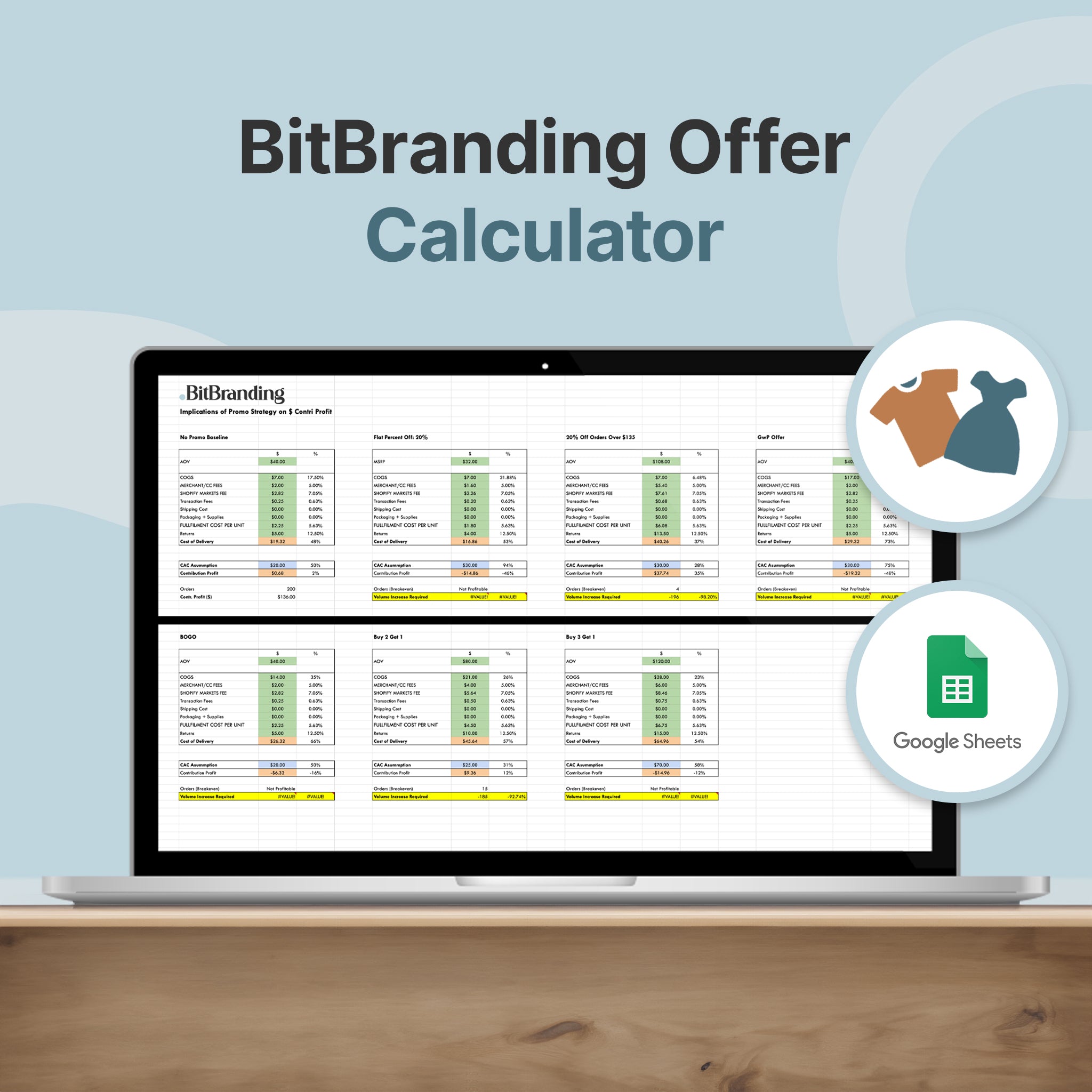
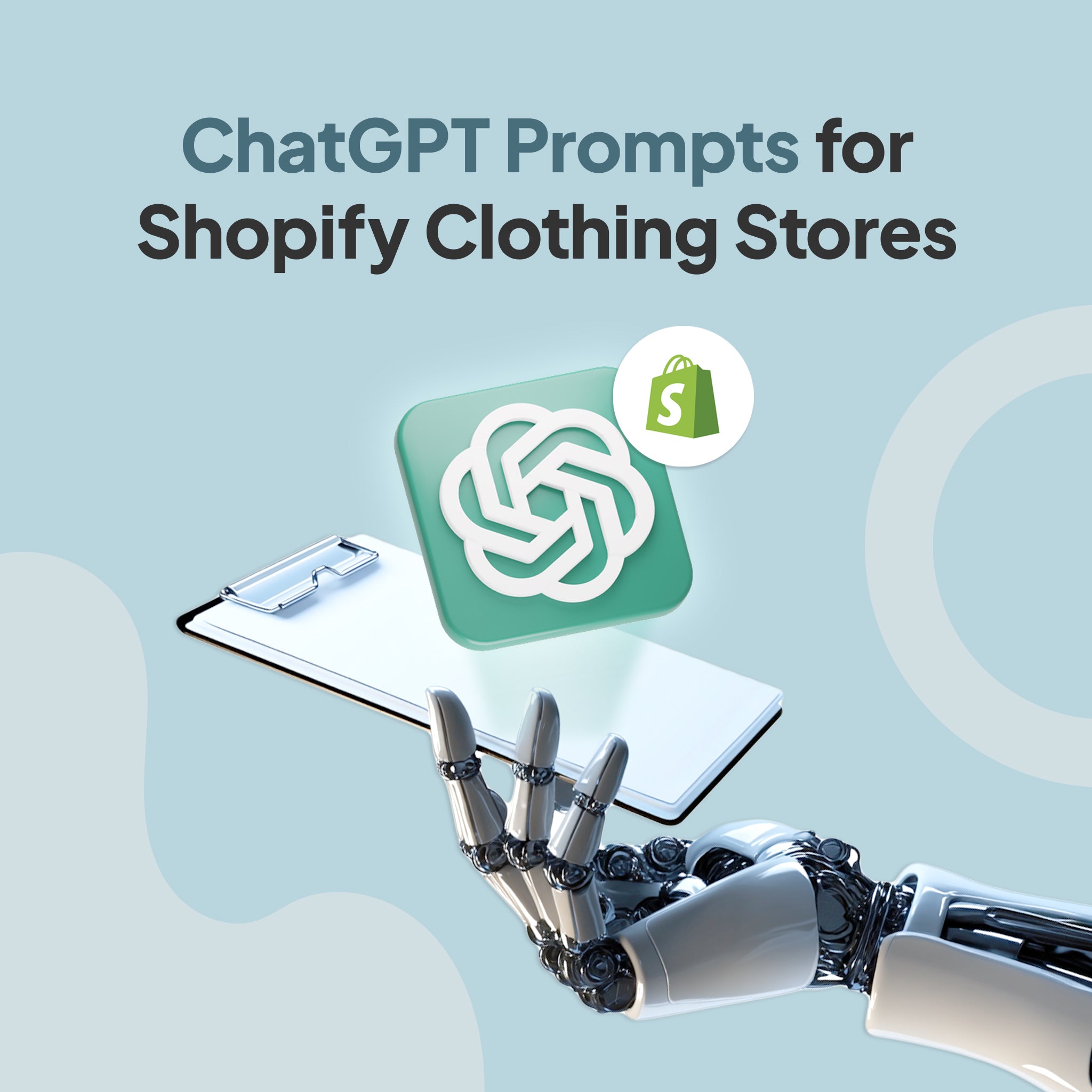

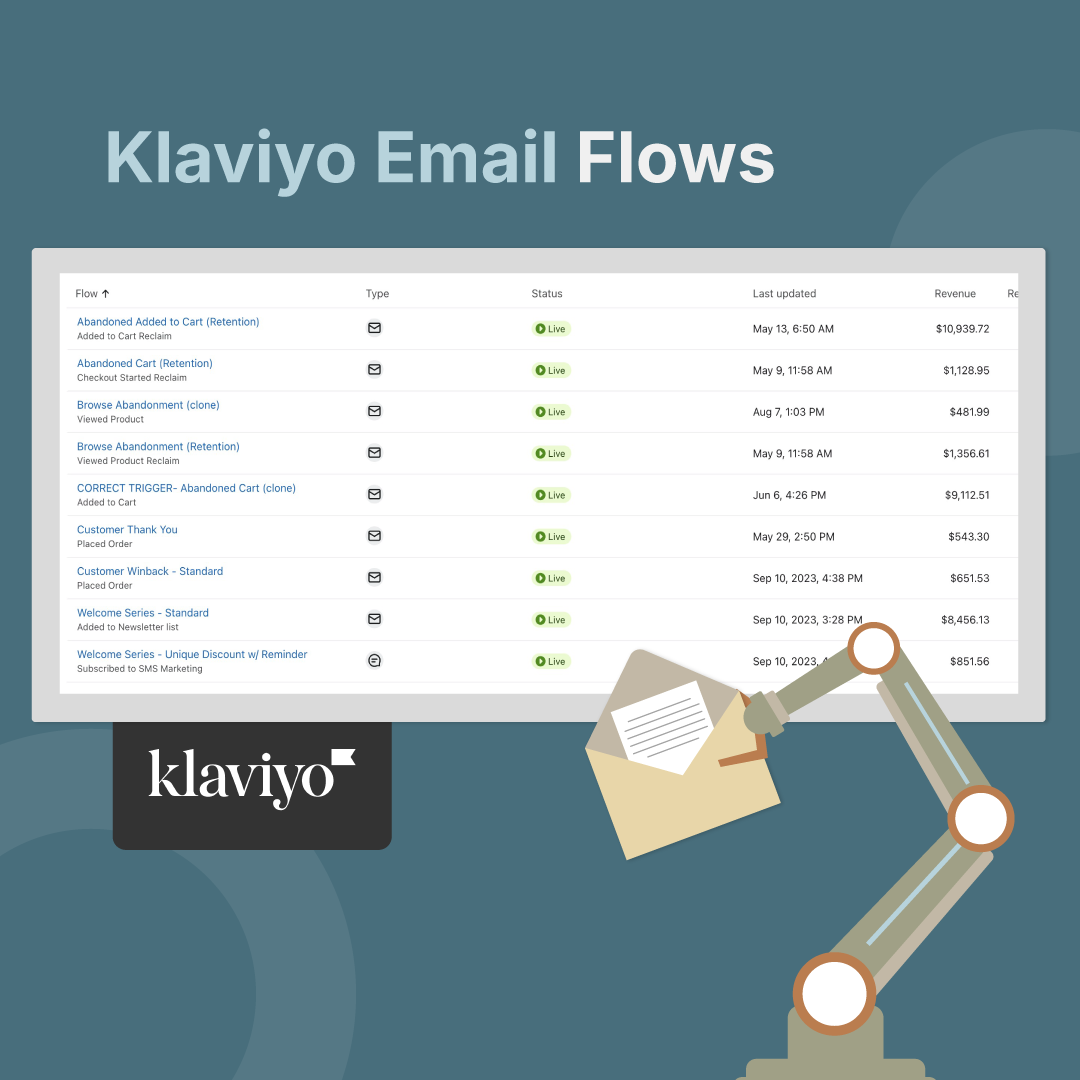
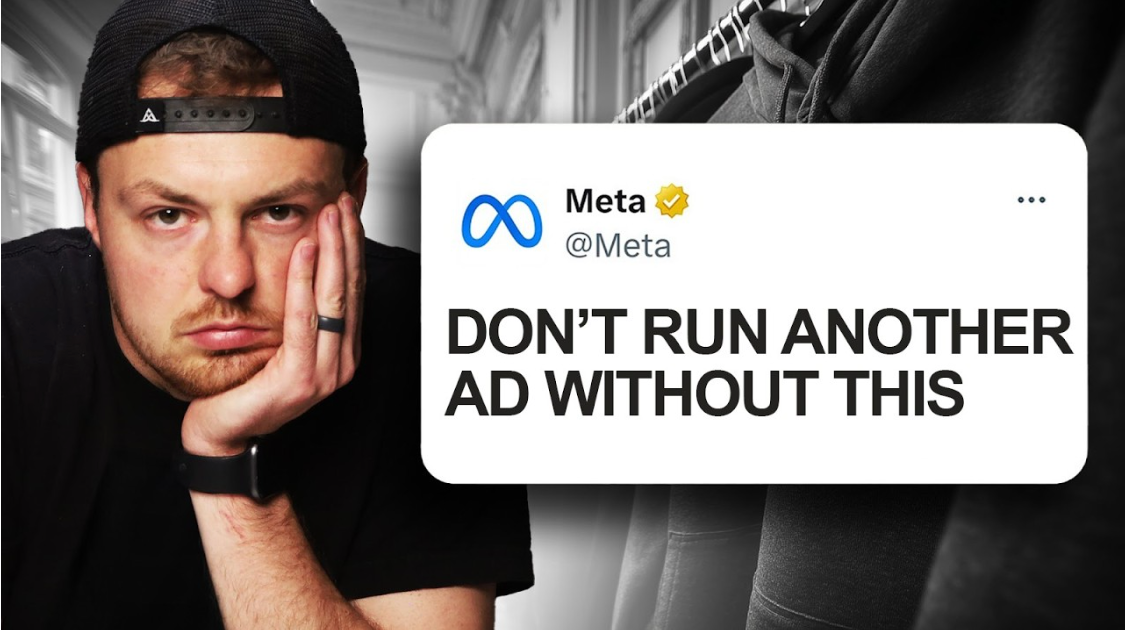
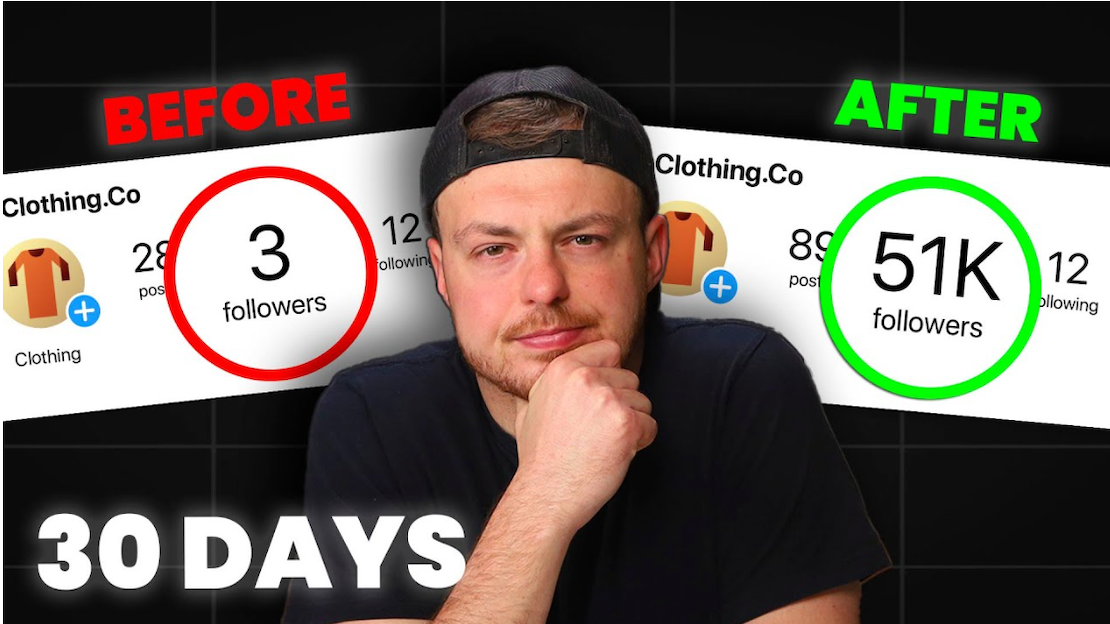

Share:
How We Scaled a Clothing Brand to $60K/Month with Facebook Ads (No Viral Gimmicks)
The Silent SEO Mistake Killing Your Shopify Traffic